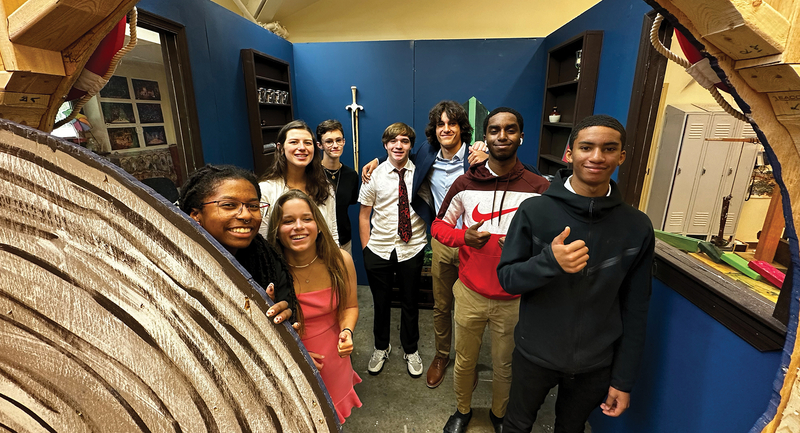One of the many look-fors in a high-functioning classroom is student engagement—with the teacher, the content, and one another. Sadly, student-to-student engagement is the most frequently absent of the aforementioned trio of engagement types. Why? We know kids benefit from communication and collaboration with one another, and we know from John Hattie's work that discussion can have a significant positive effect on student achievement.
So what gives? Why so many silent classrooms? The answer might surprise you: More often than not, the main thing keeping kids from joyful and effective discussions is the fear the adults around them feel. Fear of relinquishing control. Fear of that dreaded silence we've all heard when a question falls lifeless on the classroom floor. Fear of failure.
But you don't have to teach in fear. Here are three quick strategies that I've found can help educators conquer their worries and facilitate vibrant (and much-needed) classroom discussions:
1. Ditch your binary prompt. Nine times out of 10, when a classroom discussion falls flat, it's not the kids who fail, it's our prompts. If we want interesting discussions to take hold, we have to ask interesting questions and provide thought-provoking topics. Furthermore, these questions or prompts can't be binary or rote in nature. They shouldn't have right or wrong answers, and they most certainly can't require a mountain of prior knowledge for kids to participate. Ask questions that require kids to think and defend, not just recall, regurgitate, and respond.
2. Dust off the gradual release model, casting it as "I ask. We share. You discuss." We've all made the same mistake. We fire a question at a group of kids hoping it will release an avalanche of thoughtful responses. What we end up with is a frozen tundra of ice-cold stares. What happened? Is this a bad group of kids? Not likely. They just need time to process. Here's the cadence you can use next time this group silence happens. Ask your question. Wait. (Yes … in silence. I know it's uncomfortable, but you can do it.) Then ask kids to turn to an elbow partner and discuss their response. After a moment, open the discussion up to the whole group by calling on a handful of kids to bring their comments to the larger group. It's not a cold call at this point. Students have had ample opportunity to think, process, and practice before you've asked them to share with the class. You'll find this increases participation dramatically—and deepens discussions and learning.
3. Broaden your definition of discussion. Too often, we operate under the mindset that classroom discussions have to be oral or spoken in public to be effective. They don't. What has to be true is that all kids have to participate. And all means all. How do we do that, given some kids' reluctance to speak up? Take the discussion online. Discussion can be synchronous, and asynchronous. Think about how using a tool like FlipGrid can allow for meaningful asynchronous discussion. Discussions can be oral, or they can be written, or threaded. Don't get hemmed in by convention. Yes, we want to hear every child's voice. But it's more important to allow them to choose a medium that gives us insight into their thoughts.
These three practices will definitely get you moving toward that all-important third element of engagement—student-to-student engagement. Best of all, they are integral to good, inclusive teaching in general, so their impact will extend beyond discussion activities.









